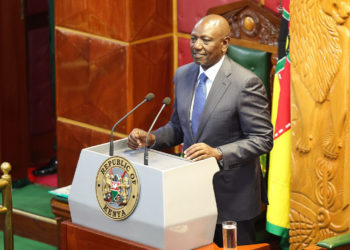Recent reports from Australian news site by the name Watoday, have listed Kenya among ten countries aggressively vying to attract tourists.
Alongside Kenya, countries such as Taiwan, Cambodia, Sri Lanka, and others were cited for various reasons, including limited resources, competition with neighboring nations, youthful populations, developing tourism sectors, and rich cultural heritage.
Kenya’s inclusion in this list is attributed to the severe impact of the pandemic, particularly on the tourism industry. The potential increase in tourist arrivals is seen as a means to alleviate these challenges by generating employment opportunities and bolstering the economy.
Recognizing the significance of tourism to the economy, analysts emphasize its role not only in job creation but also in sustaining Kenya’s wildlife parks and conservation programs.
Kenya boasts a wealth of tourist attractions, including iconic destinations such as the Maasai Mara, Lake Nakuru, Mount Kenya, and picturesque islands and beaches. Additionally, sites like Lake Turkana National Park, renowned for its ancient fossils, are marketed as part of Kenya’s rich heritage, with President William Ruto branding Turkana as the “cradle of humanity.”
In a bid to further stimulate tourism, the government has implemented measures such as lifting visa restrictions for global citizens. President Ruto’s announcement regarding the removal of visa requirements has already spurred increased interest from international travelers eager to experience Kenya’s breathtaking landscapes and cultural diversity.
To streamline travel procedures, the government has introduced the Electronic Travel Authorization (ETA) system, aiming to facilitate smoother entry for visitors. Government spokesperson Isaac Mwaura anticipates a significant surge in tourism revenue, projecting a potential increase of 200 percent as a result of these initiatives.


















